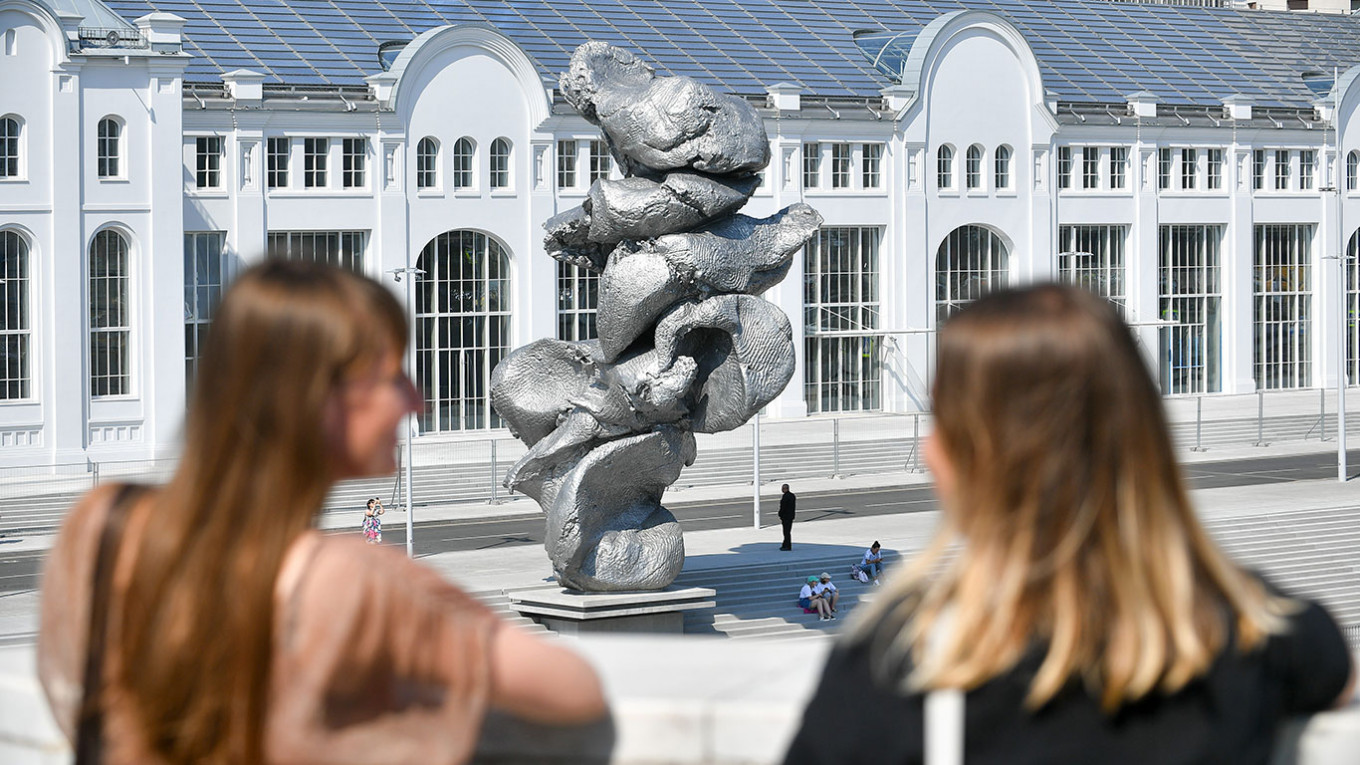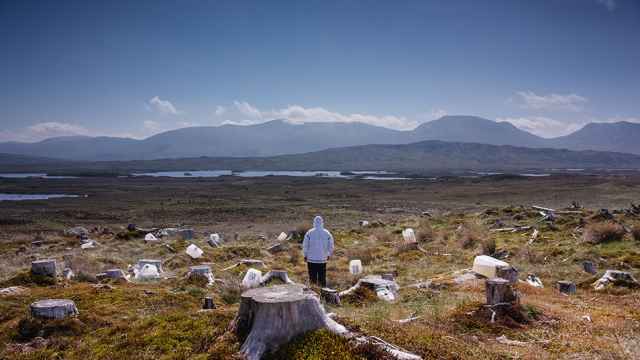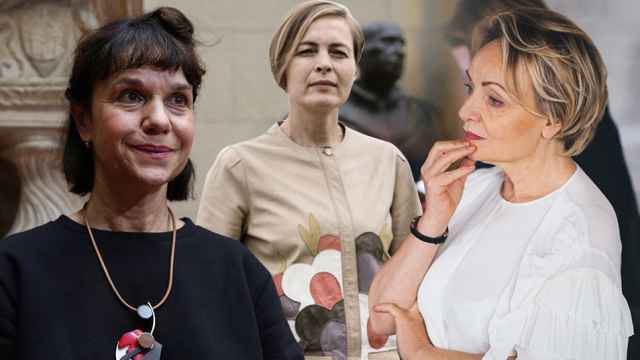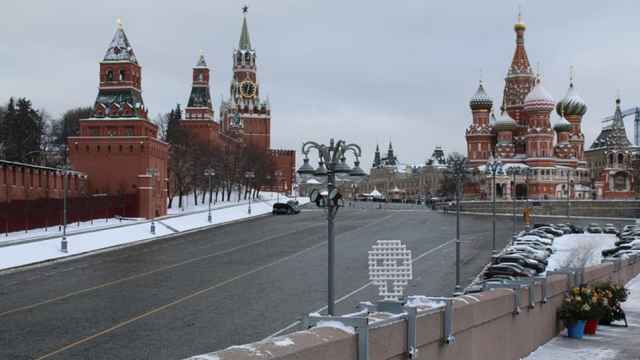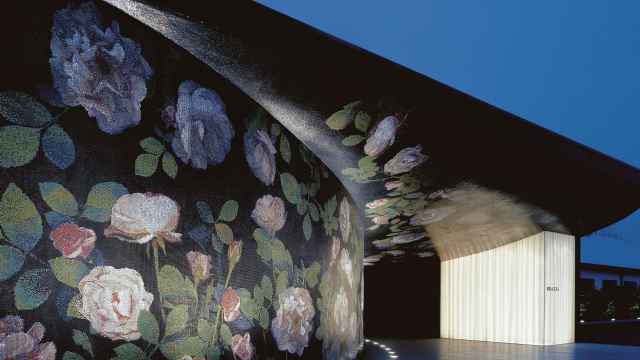A new monumental sculpture has gone up in Moscow, and Muscovites do not like it.
The sculpture by Swiss artist Urs Fischer, called Big Clay #4, was installed over the weekend on Bolotnaya Naberezhnaya, the promenade on the narrow island in the middle of the Moscow River across from the Kremlin. Many of the city’s residents, including comedian Maxim Galkin, decided that the 12-meter sculpture made of aluminum and stainless steel looked like what should be picked up after a dog.
The sculpture is meant to be something of a curtain-raiser for the new House of Culture ready to open in a reconstructed power plant called GES-2. The pre-Revolutionary building was purchased in 2014 by the V–A–C Foundation, an organization launched in 2009 by Leonid Mikhelson and Teresa Iarocci Mavica to support contemporary art in Russia.
V-A-C curator Katerina Chuchalina told Afisha that she was dismayed by Muscovites' lack of imagination. The sculpture, she said, is the image of “the very beginning of something,” clay that “the artist is kneading in his hands… Big Clay is a metaphor for creativity.”
In another long response to public criticism, the architectural critic Grigory Revzin defended the artwork, which he said “represents what the venue will be doing. A sculptor works with clay, and we’ll see what it turns out to be.”
The Moscow public is unconvinced. Social media has been full of comments about what one person called “the main thing to hate this weekend.” Or as someone else wrote: “Nope, guys, it’s just crap. Take it away, please.” Another public critic asked (below), "Who took a big dump on Bolotnaya?"
The most unusual criticism on social media was that the monument "is the triumph of gays over Russia... Gays put up a monument to themselves, and they put it up across from the Christ the Savior Cathedral to show everyone that gays rule Russia…”
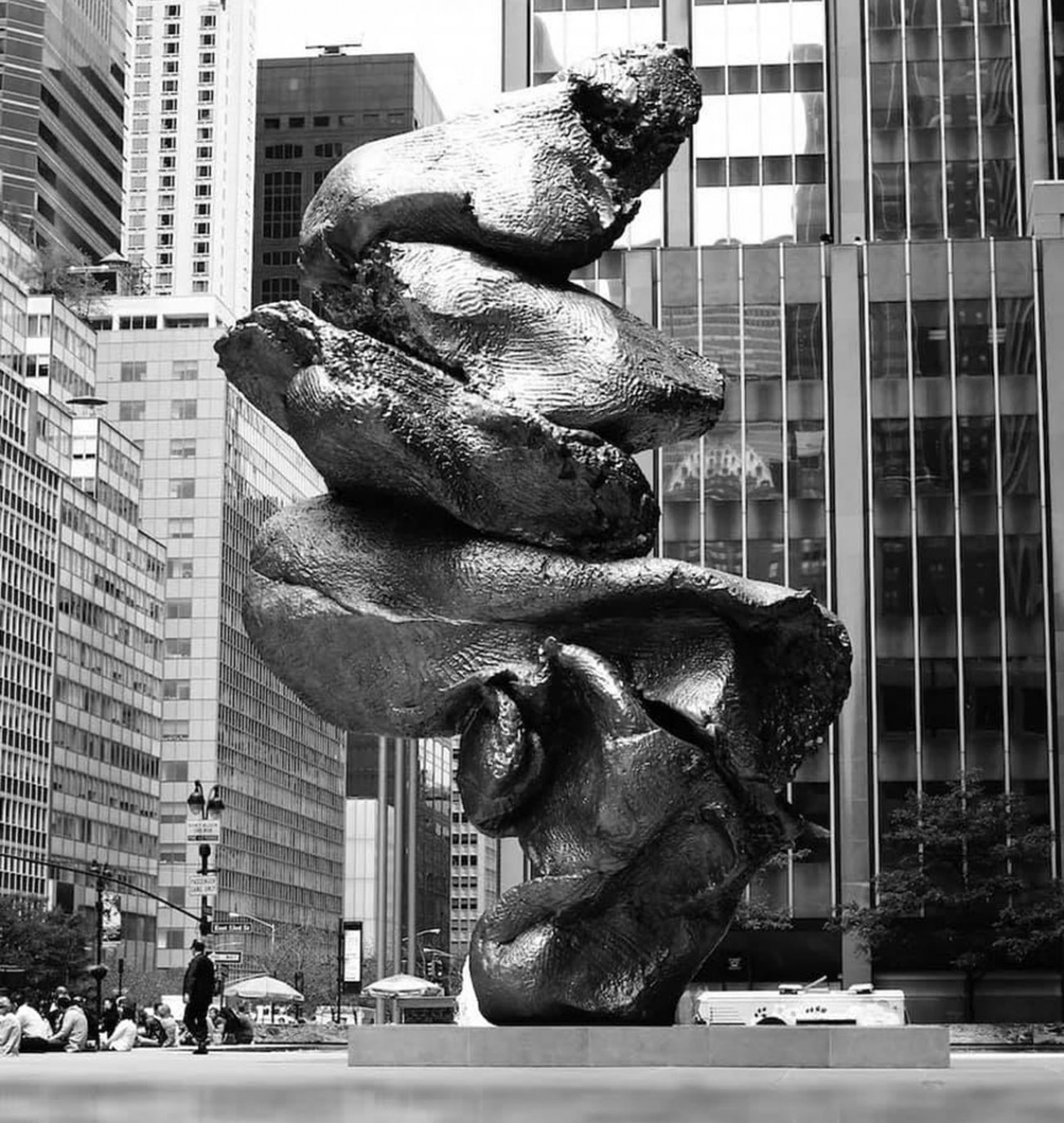
The vociferous criticism is, however, nothing new for Moscow. As Revzin points out, in Moscow no one ever likes a new public monument. "Every new sculpture starts a fracas," he wrote, "no matter if its Vladimir [the Great], Mikhail Kalashnikov, the Rzhev war monument or the modest little monument to [writer] Samuel Marshak on Lyalina Ploshchad, which the public was able to stop before it ever got off the ground."
Big Clay #4 was also strongly criticized by the public when it was installed in New York, where it was dubbed "the big turd." It was also displayed in Florence, Italy, for several months.
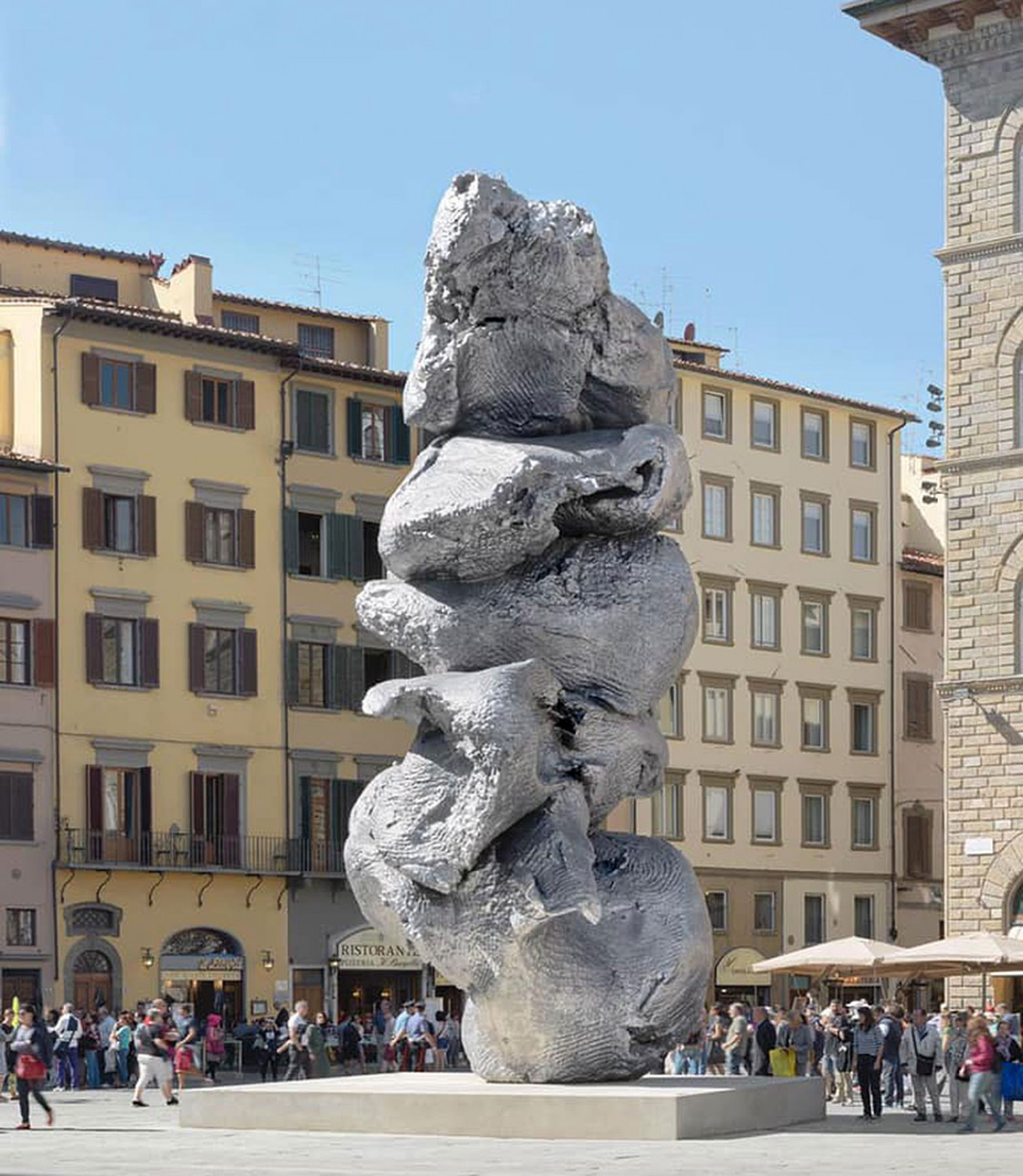
Big Clay #4 is not going to be a permanent fixture of Moscow. Its image of the first stage of creative expression will be replaced by other sculptures over time. "We were granted permission for temporary exhibitions of contemporary art works in that spot, and the art will regularly change," Chuchalina said.
In any case, the GES-2 building has always been ahead of the times. Originally called the Tram Power Station, it was only the second power station in the city and designed to provide electricity to the new tram lines. It was at the forefront of urban planning at the time, designed by the architect Vasily Bashkirov in the Russian Revival style in collaboration with a engineering team. It served the city from 1907 until its closure in 2014.
During the late Soviet period, it was renowned for an enormous quote by Vladimir Lenin, written out — appropriately — in lights across the top of the building: “Communism is Soviet power plus the electrification of the entire country.”
And now, in its new incarnation, it will be on the cutting edge of contemporary art.
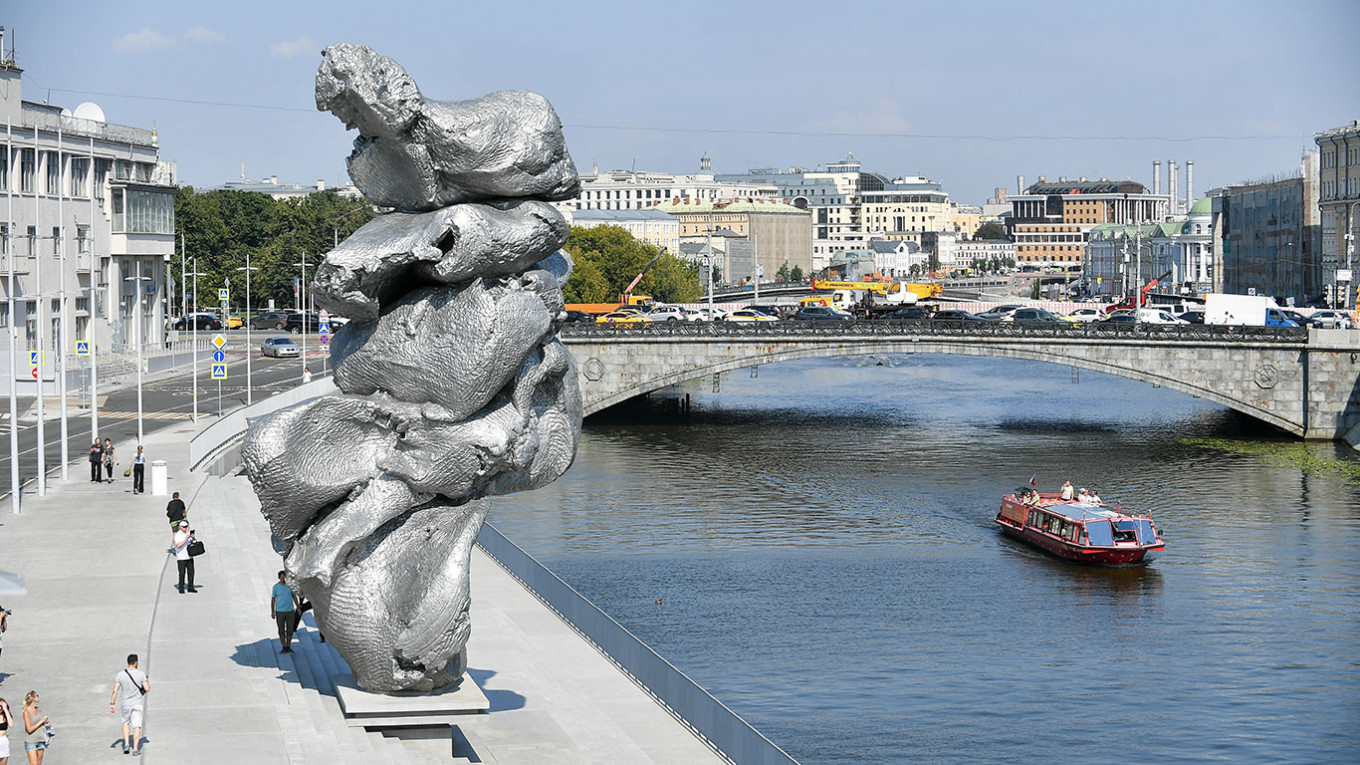
A Message from The Moscow Times:
Dear readers,
We are facing unprecedented challenges. Russia's Prosecutor General's Office has designated The Moscow Times as an "undesirable" organization, criminalizing our work and putting our staff at risk of prosecution. This follows our earlier unjust labeling as a "foreign agent."
These actions are direct attempts to silence independent journalism in Russia. The authorities claim our work "discredits the decisions of the Russian leadership." We see things differently: we strive to provide accurate, unbiased reporting on Russia.
We, the journalists of The Moscow Times, refuse to be silenced. But to continue our work, we need your help.
Your support, no matter how small, makes a world of difference. If you can, please support us monthly starting from just $2. It's quick to set up, and every contribution makes a significant impact.
By supporting The Moscow Times, you're defending open, independent journalism in the face of repression. Thank you for standing with us.
Remind me later.



